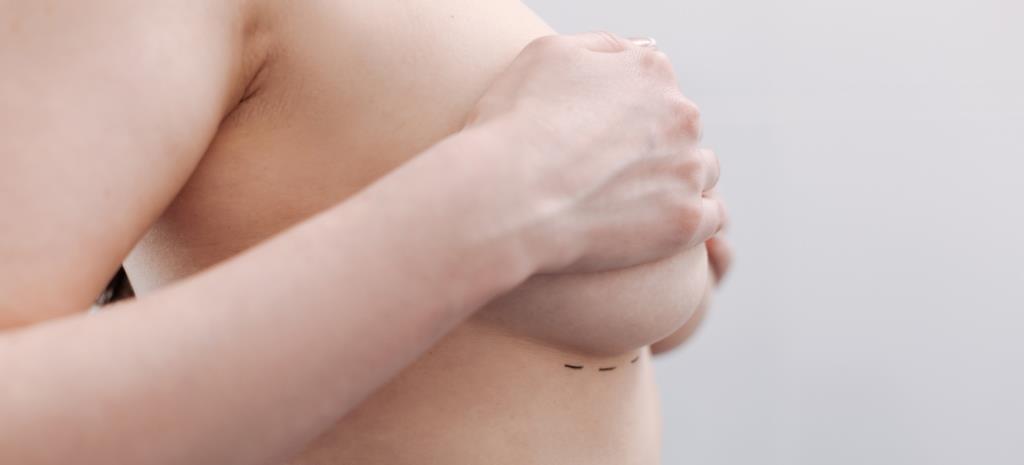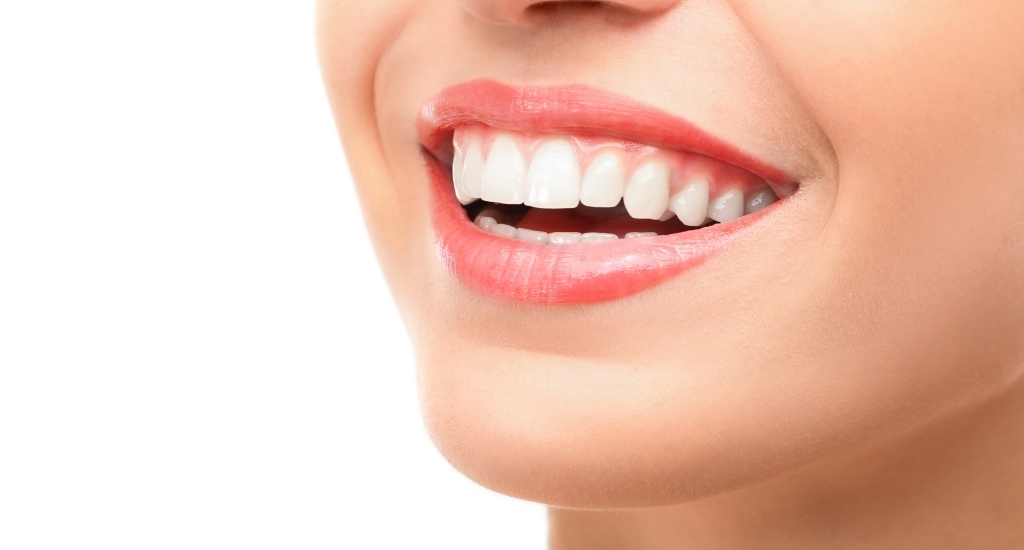
A relative newcomer in the gamut of aesthetic surgical procedures, fat transfer breast augmentation wields the body's natural peculiarities to chisel out desirable outcomes. Yet, as every other treatment, it comes with advantages and detriments. To better understand the method, Haute Beauty turned to Dr. Kamakshi Zeidler, aesthetic breast surgery expert and co-founder of Aesthetx.
How does fat transfer for breast augmentation work? What are the most common body areas to extract fat from?
Fat transfer is a new technique for increasing the breast size in a natural way. Because fat tissue is removed from other parts of the body, it is viewed by many patients as a “win win” since unwanted fat from one area is utilized to enhance another area - the breasts.
The most common areas to extract fat tissue are from the abdomen, lower back and inner and out thighs. In general, I try to pull fat from areas that have been the most difficult for patients to lose. These “stubborn areas” are the best because it is the most robust fat tissue and will deliver the greatest benefit to the patient, while also making a problem area go away.
Do you think fat transfer procedures could completely replace breast augmentation through implants in the future?
No, not a chance! Great implants are still a mainstay. It is not only the most popular cosmetic surgical procedure I do, but it is the most common cosmetic surgical procedure in the country. Breast implants provide more predictable results and can reshape the breast in a way that fat transfers can’t. That said, fat transfer is definitely gaining popularity.
I find that it is best for women who want to refine and enhance the look of their breasts, versus women who want a significant increase in breast size - more than a cup or two. Some patients just do not have enough fat deposits in their bodies to allow for that type of volume.
What are the advantages of using a patent's own fat?
The biggest advantage is that it takes unwanted fat from one area and re-purposes it to enhance another area. Women love that they can get rid of the fat that they are struggling to lose naturally through diet and exercise.
Since fat is permanent, patients do not face the possibility of having to replace it down the road - which can sometimes be the case with implants if there is a leak, for example.
Fat grafting is also a great adjunct to breast augmentation in order to further refine the results. In situations where patients may get “distortions” such as dents in the breast tissue or those with a wide cleavage, fat can act like a filling agent. Think of it as a “cleavage boost!”
Fat grafting is opening the door for many women who want more fullness but would never consider implants, and it is also providing a solution for women who want to remove their implants but do not want to lose volume.
In what cases fat transfer is not recommended?
It is not recommended if the patient does not have enough donor fat. I never want to destroy the aesthetics of another part of the body to refine and augment the breasts. A thinner patient would need to have liposuction over several areas of the body to get enough fat tissue, and this can lead to more significant recovery time.
I also do not recommend fat transfer for patients with tuberous breasts - those that really need a lift - or a patient who wants to increase their breast size by a cup or two. During a consultation, I can also tell if a patient has really tight skin which automatically limits the capacity to fill the breasts with fat. In these cases, breast implants are a better guarantee to safely stretch the skin and reshape the breasts.
How long could the results from fat transfer last? Is there a danger of the body absorbing the transferred fat?
Fat cells live for a long time and usually fluctuate - getting bigger and smaller over time. At about three months after the fat transfer, patients can assume that the results in terms of volume will be pretty permanent. There is the potential, however, for the breast size to increase or decrease slightly as weight is gained or lost over time.
There is tremendous variation in the way fat is processed before being re-injected into the breast. Liposuction is a traumatic process and requires fluid and medication injections. Without getting too technical, the process I use purifies the fat ahead of time, which is critical to getting good long-term, safe and predictable results. The highly refined filtration system I use is the most advanced and scientifically proven. It has proven to minimize the risk of complications, and purifies the fat to a very concentrated solution of pure living fat cells.
 Dr. Zeidler practices in Silicon Valley, Northern California, and specializes in all types of breast surgery. She is known for blending traditional cosmetic and reconstructive techniques together to achieve beautiful natural results.
Dr. Zeidler practices in Silicon Valley, Northern California, and specializes in all types of breast surgery. She is known for blending traditional cosmetic and reconstructive techniques together to achieve beautiful natural results.
View her profile and contact her here.





















